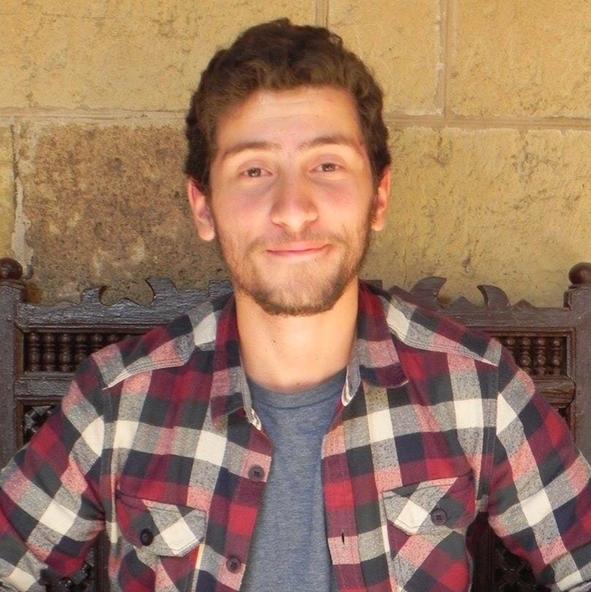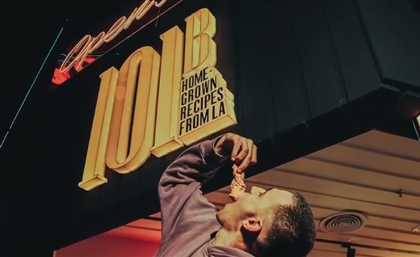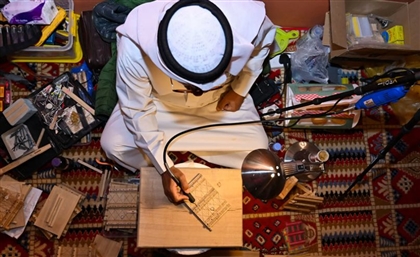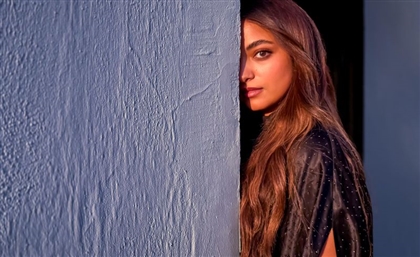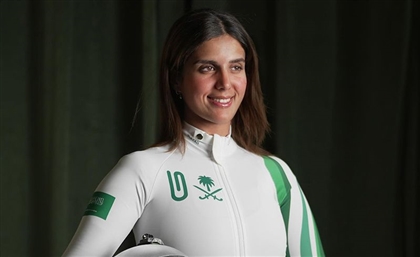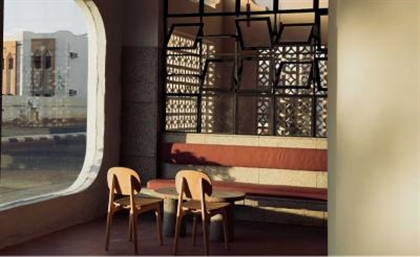Reimagining Architecture Through Designer Hassan Ragab's AI Art
The Egyptian architect behind some of the world’s most surreal AI-generated images discusses the digital future of architecture.
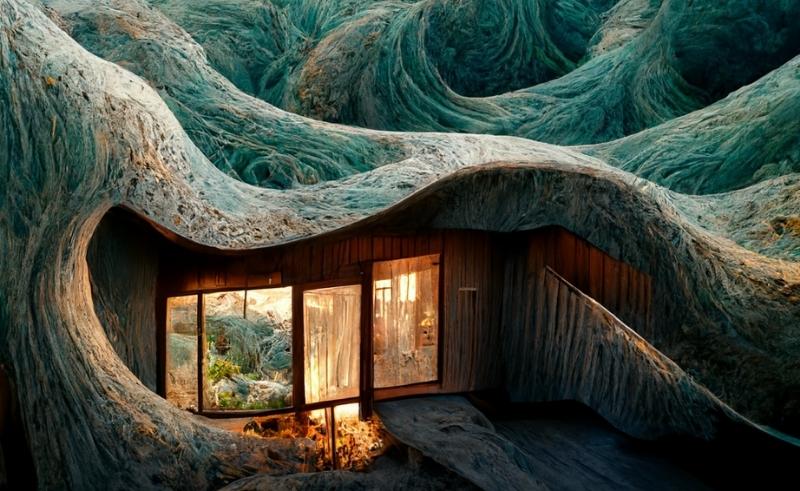
Artificial Intelligence is no longer a term associated with far-fetched utopian (or dystopian) visions. It’s here, and many across the creative fields have been using it to explore the depths of image creation. Sights that appear colossal and surreal are a rarity, yet Hassan Ragab, a California-based Egyptian designer, found in AI-tools the means to constantly recreate them, amassing a massive following with his imaginative architectural art. Inspired by his upbringing in Alexandria, Ragab used methods such as ‘prompt-crafting’ to embark on a linguistic dance with bots to fashion mind-numbing visuals in entertaining colourways. Despite being an architect, working as a computational designer in construction, Ragab has the same reaction everyone else did when he generated his first image using AI-tool MidJourney.
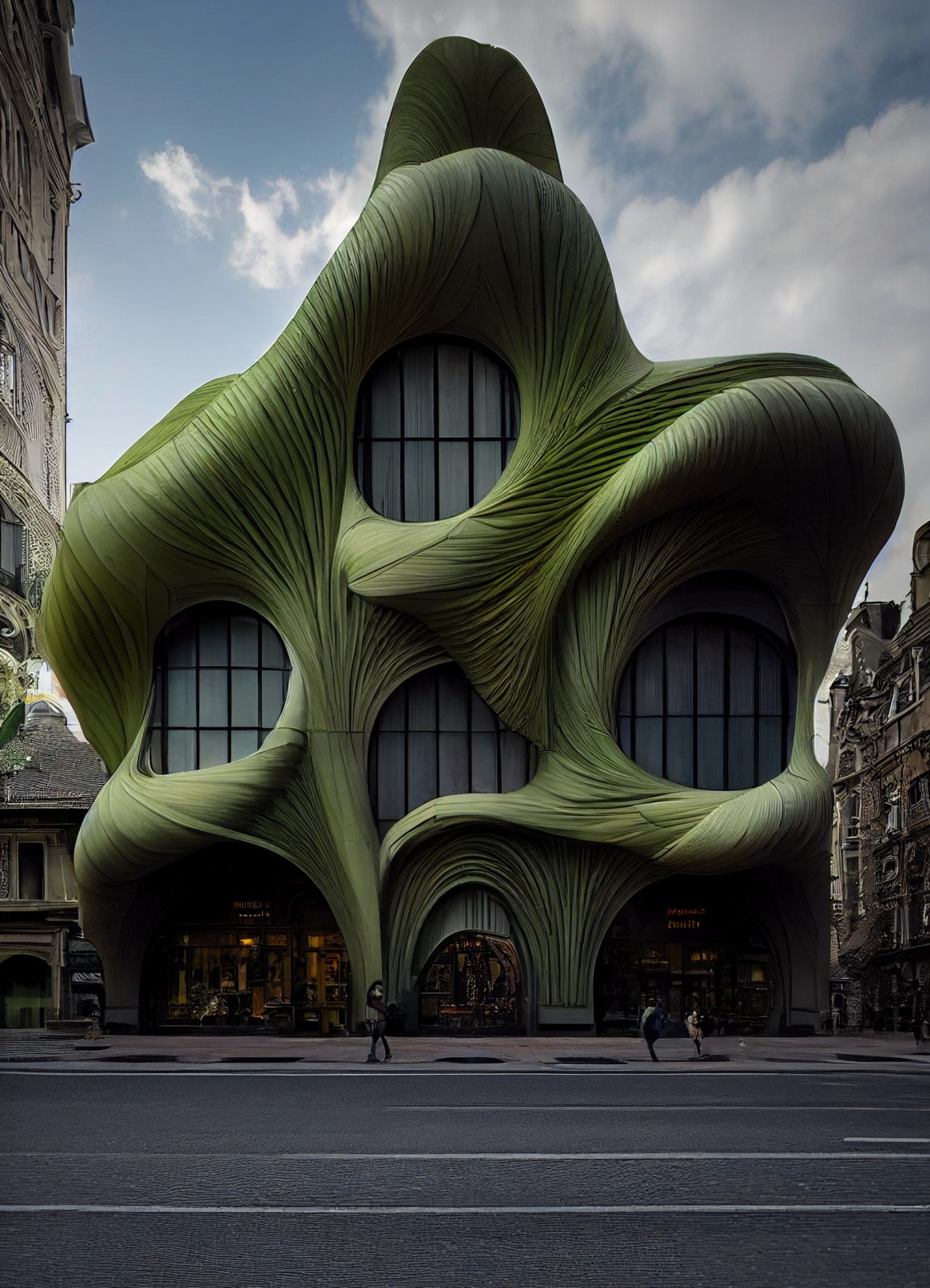 “When I used MidJourney for the first time I was glued to the screen, it’s changing the game for illustrators and visual artists by giving them absolute control. Regardless of your skill, if you don’t use them you’ll be outrun,” Ragab tells #SceneHome. The visuals he creates are so dazzling they deceive, like his ‘Green Series’ which features a number of city centre facades that appear to be wrapped in vegetation when in fact they’re feathers painted green. Because when the possibilities are endless, why not? “I’ve worked in construction for years, with all its details, scales and functions. This is an alternative universe where no idea is rejected.”
“When I used MidJourney for the first time I was glued to the screen, it’s changing the game for illustrators and visual artists by giving them absolute control. Regardless of your skill, if you don’t use them you’ll be outrun,” Ragab tells #SceneHome. The visuals he creates are so dazzling they deceive, like his ‘Green Series’ which features a number of city centre facades that appear to be wrapped in vegetation when in fact they’re feathers painted green. Because when the possibilities are endless, why not? “I’ve worked in construction for years, with all its details, scales and functions. This is an alternative universe where no idea is rejected.”
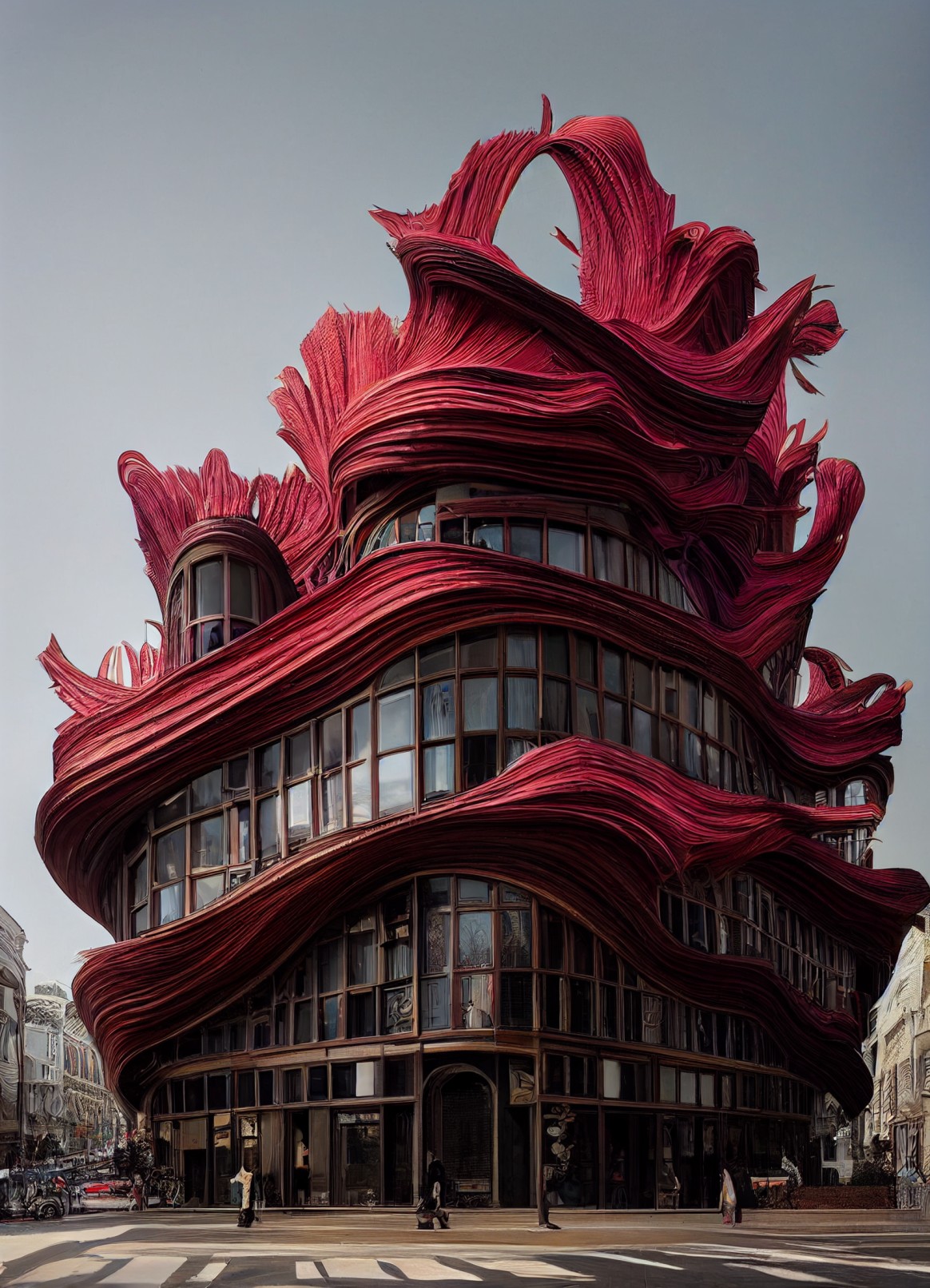 “Architects struggle because architectural design is a luxury they don’t experience without having a certain level of fame,” Ragab explains. “These tools allow people to escape the limitations of money and physics and just create.” Many have found similarities between Ragab’s work and J.R.R Tolkein’s, as well as famed Catalan architect Antonio Gaudi. But the artist’s inspirations are homegrown, using clever wording to navigate AI biases to convey familiar feelings. “Facades dictate the visual identities of our cities. Growing up in Alexandria, I developed a love for Art Nouveau’s beautiful ornaments which I blend often with organic elements.”
“Architects struggle because architectural design is a luxury they don’t experience without having a certain level of fame,” Ragab explains. “These tools allow people to escape the limitations of money and physics and just create.” Many have found similarities between Ragab’s work and J.R.R Tolkein’s, as well as famed Catalan architect Antonio Gaudi. But the artist’s inspirations are homegrown, using clever wording to navigate AI biases to convey familiar feelings. “Facades dictate the visual identities of our cities. Growing up in Alexandria, I developed a love for Art Nouveau’s beautiful ornaments which I blend often with organic elements.”
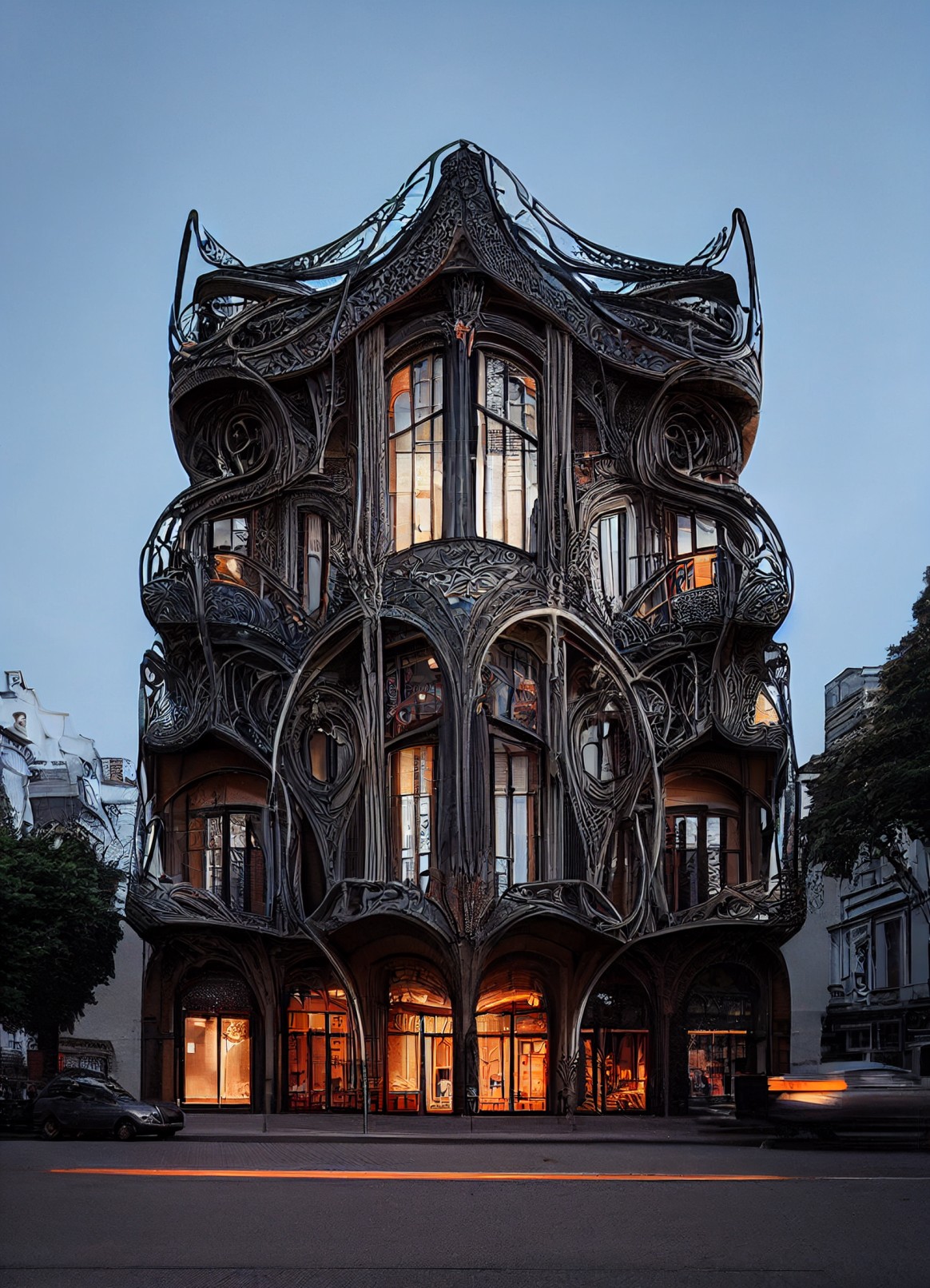 Ragab graduated from the Faculty of Fine Arts in Alexandria in 2010, founded a furniture design studio that worked primarily with advanced software and then moved to the USA two years later. Surrounded by Alexandria’s unique visual environment, his life revolved around Egyptian architecture and heritage, compelling him to work in museography along his other endeavours. Throughout his digital explorations he attempted to revisit this heritage, challenging claims that AI tools can visualise prompts written in different languages identically.
Ragab graduated from the Faculty of Fine Arts in Alexandria in 2010, founded a furniture design studio that worked primarily with advanced software and then moved to the USA two years later. Surrounded by Alexandria’s unique visual environment, his life revolved around Egyptian architecture and heritage, compelling him to work in museography along his other endeavours. Throughout his digital explorations he attempted to revisit this heritage, challenging claims that AI tools can visualise prompts written in different languages identically.
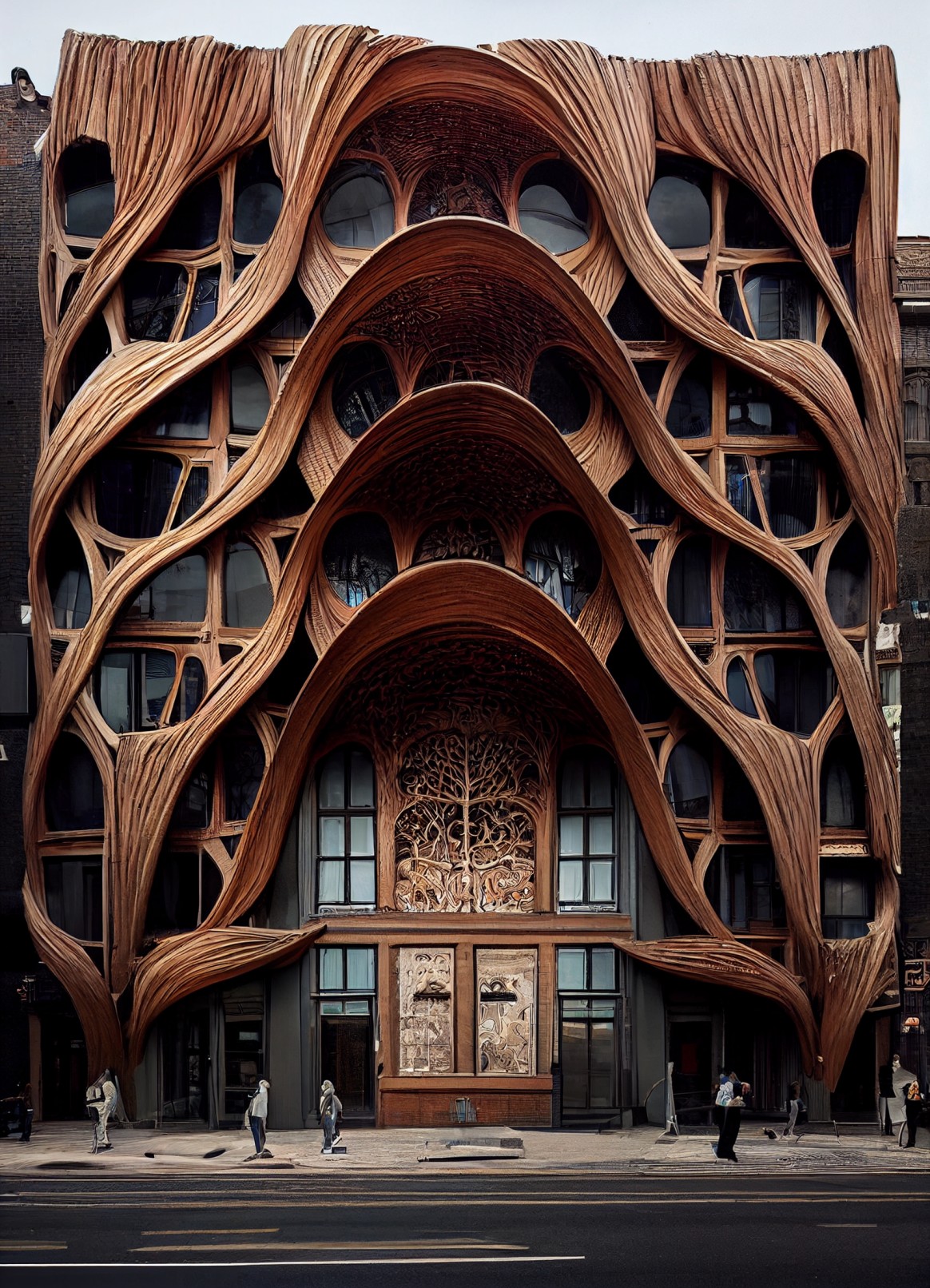 Seeking native visuals, Ragab tested how cultural perception affects image creation. “I typed ‘Alexandria’ and the result depicted veiled girls, which was absolute nonsense. ‘El Karnak’ was too abstract and ‘Ancient Egyptian’, again, abstract,” he says, realising that the 300 million images in data sets are based on biases from the Western Hemisphere. “There’s minimal representation of our heritage due to a lack of digital documentation. We’re entering into the metaverse without a clear Egyptian or Middle Eastern identification in the virtual world,” he continues. “Using these tools to relate to Egyptian aesthetics is like looking for a needle in a haystack, a latent space, and your role is to become an archeologist trying to find something meaningful.”
Seeking native visuals, Ragab tested how cultural perception affects image creation. “I typed ‘Alexandria’ and the result depicted veiled girls, which was absolute nonsense. ‘El Karnak’ was too abstract and ‘Ancient Egyptian’, again, abstract,” he says, realising that the 300 million images in data sets are based on biases from the Western Hemisphere. “There’s minimal representation of our heritage due to a lack of digital documentation. We’re entering into the metaverse without a clear Egyptian or Middle Eastern identification in the virtual world,” he continues. “Using these tools to relate to Egyptian aesthetics is like looking for a needle in a haystack, a latent space, and your role is to become an archeologist trying to find something meaningful.”
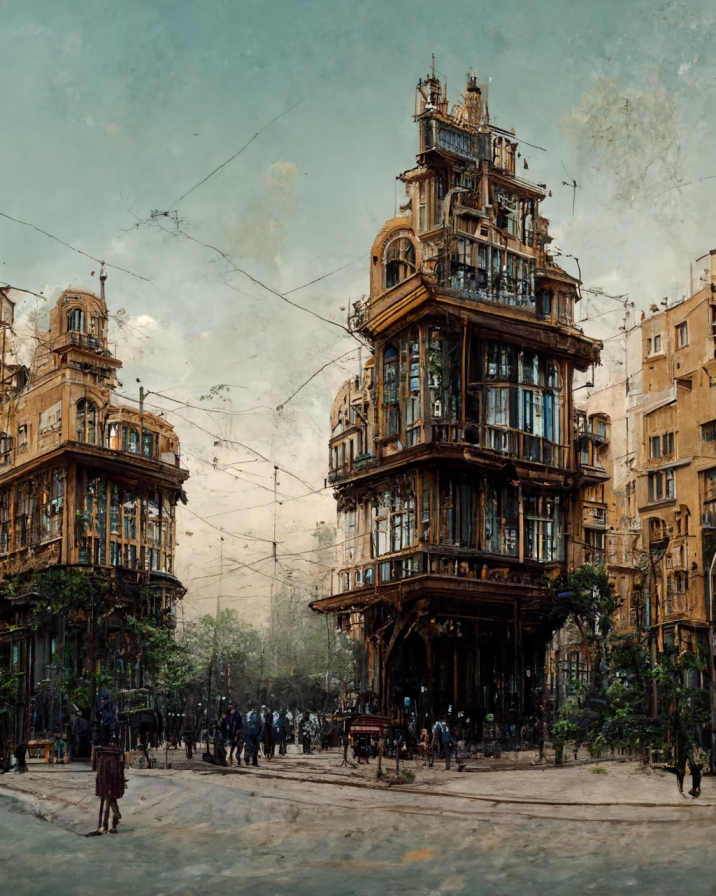 It's the context that gives architecture meaning, and to Ragab it wasn’t about the words but their sequence. In ‘The City of the Tram’, which depicts his hometown, the prompt included terms such as ‘architecture’ followed by ‘people trying to enter a tram’, then the most outlandish imaginations became lucid. “I would see the tram when I was kid and it looked huge,” Ragab shares. “I saw them as buildings that people could live in and I felt like I was able to communicate that perspective through the tool.” The outcome was a series of images depicting buildings that feel like they’re in Alexandria, made up of traces of tram components. “This is one of my favourite visuals because it reflects personal childhood memories, and people tell me it reminds them of stories their grandparents would tell about Alexandria.”
It's the context that gives architecture meaning, and to Ragab it wasn’t about the words but their sequence. In ‘The City of the Tram’, which depicts his hometown, the prompt included terms such as ‘architecture’ followed by ‘people trying to enter a tram’, then the most outlandish imaginations became lucid. “I would see the tram when I was kid and it looked huge,” Ragab shares. “I saw them as buildings that people could live in and I felt like I was able to communicate that perspective through the tool.” The outcome was a series of images depicting buildings that feel like they’re in Alexandria, made up of traces of tram components. “This is one of my favourite visuals because it reflects personal childhood memories, and people tell me it reminds them of stories their grandparents would tell about Alexandria.”
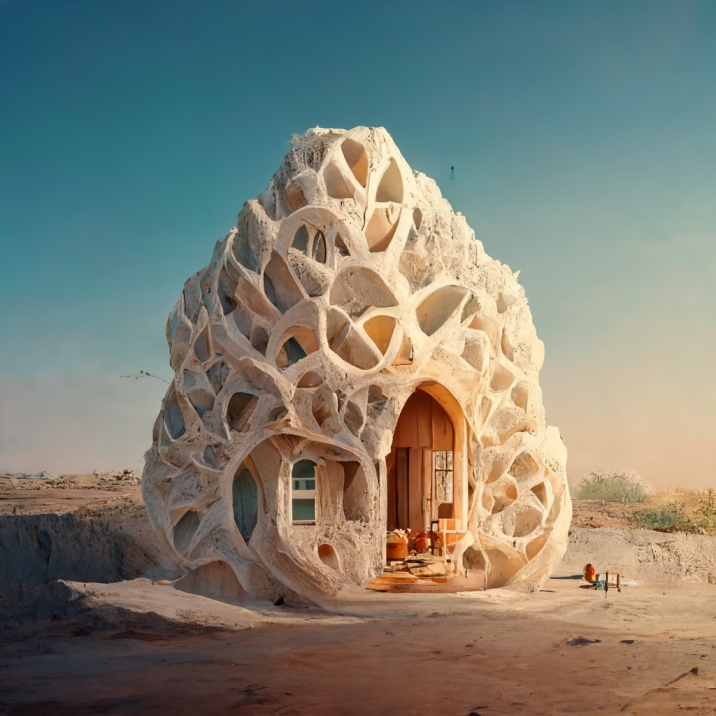 According to Ragab, startups in San Francisco are introducing stable diffusion tools to allow post-production during the process of image creation which provides artists even more control. “In architecture and design, the main obstacle is that tools don’t understand scale, engineering principles and perspectives… yet,” Ragab says. “Google and Meta are developing plug-ins for text-to-3D modelling. That’s definitely where we are heading next year.”
According to Ragab, startups in San Francisco are introducing stable diffusion tools to allow post-production during the process of image creation which provides artists even more control. “In architecture and design, the main obstacle is that tools don’t understand scale, engineering principles and perspectives… yet,” Ragab says. “Google and Meta are developing plug-ins for text-to-3D modelling. That’s definitely where we are heading next year.”
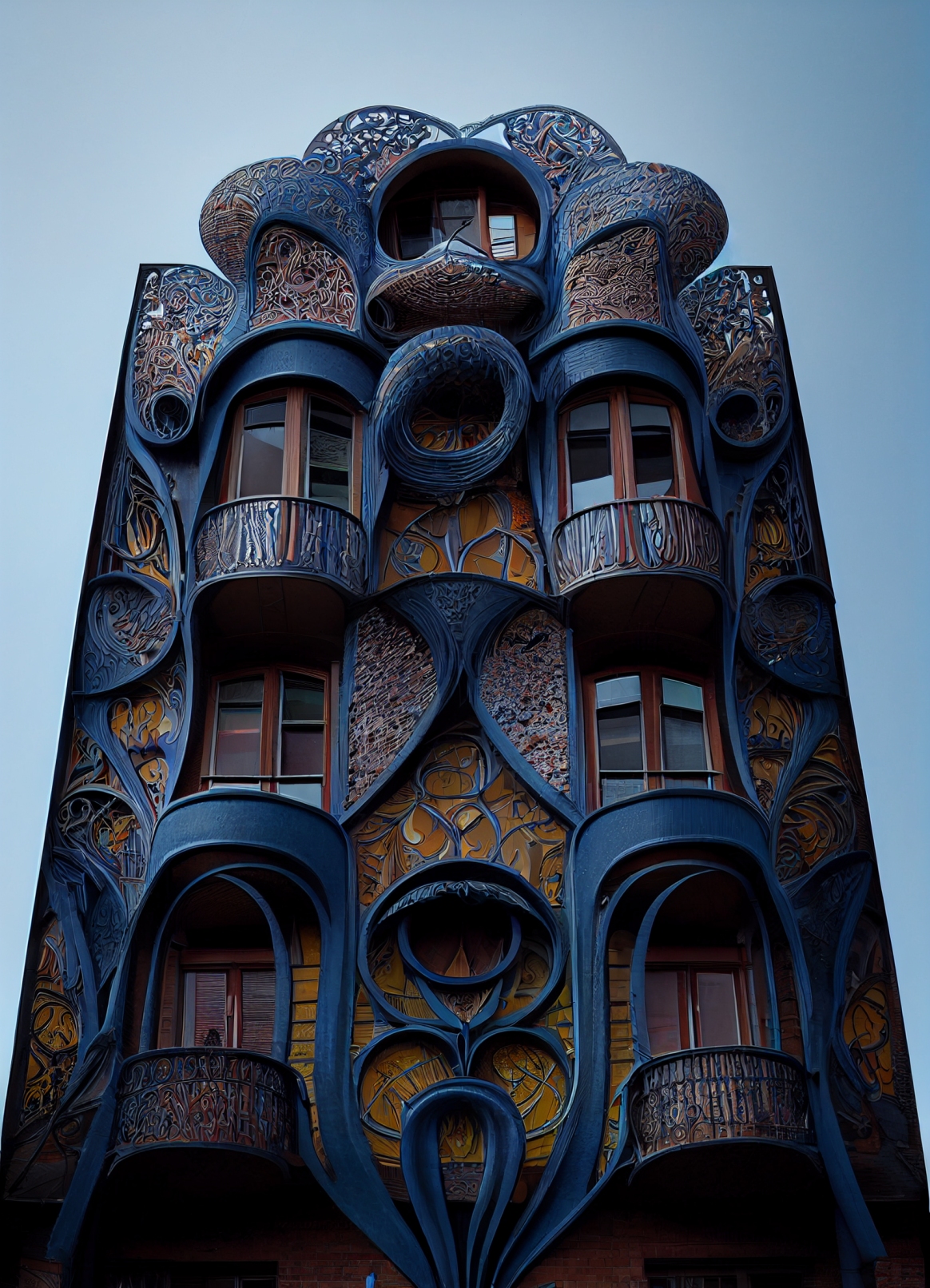 “This will keep developing so that not only is text transformed into shapes but also functions,” Ragab continues. “Through machine learning, bots will reference residential functions and link visual forms to them. Who knows? Maybe models will be fabricated in an instant, materials sourced by drones and permits handled through AI systems. I can’t tell for sure what we’re entering into but it will be weird.”
“This will keep developing so that not only is text transformed into shapes but also functions,” Ragab continues. “Through machine learning, bots will reference residential functions and link visual forms to them. Who knows? Maybe models will be fabricated in an instant, materials sourced by drones and permits handled through AI systems. I can’t tell for sure what we’re entering into but it will be weird.”
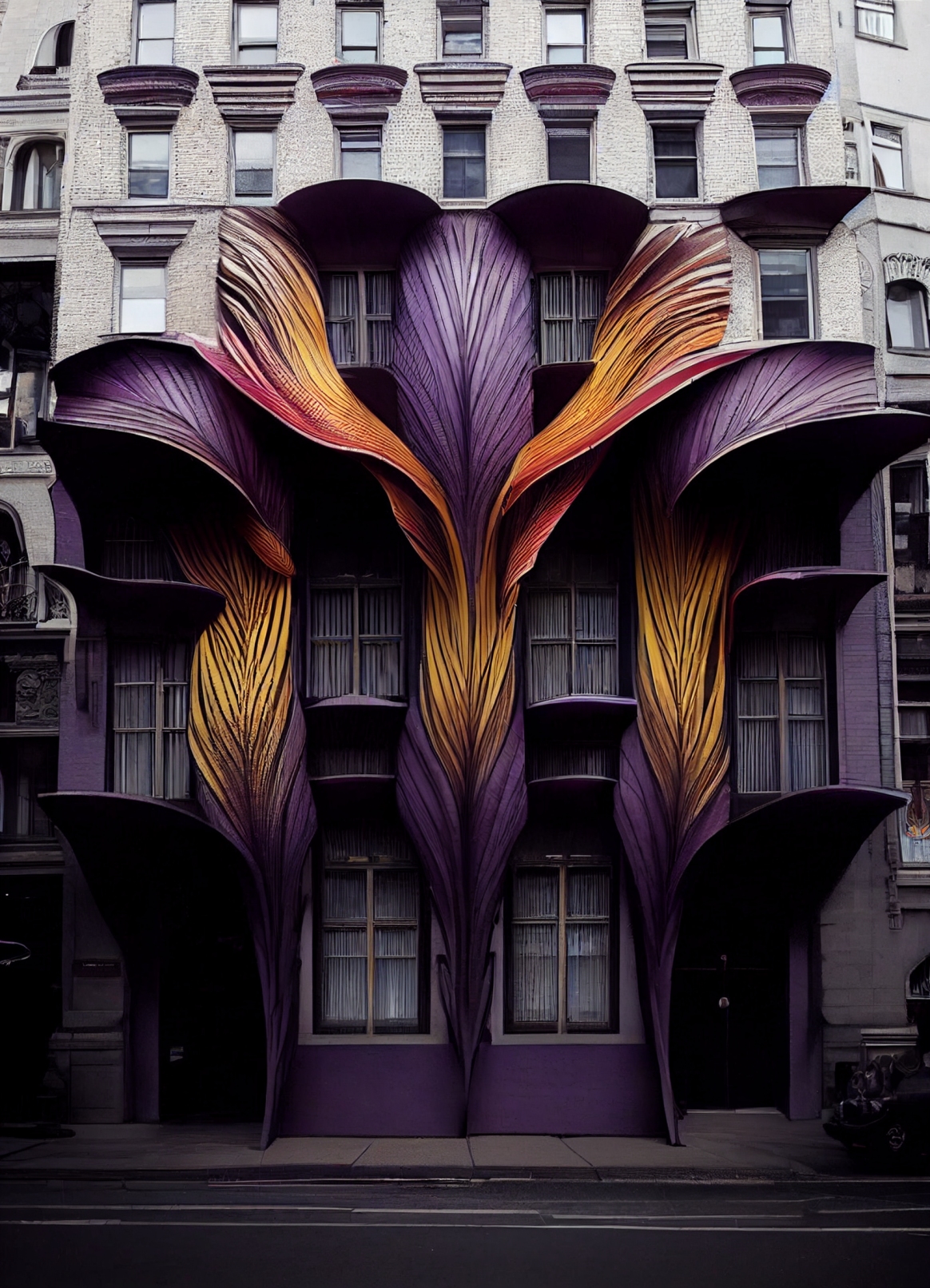 For these tools to make a real leap forward, they’ll need to thoroughly analyse aspects such as structural efficiency and sustainability. The main hurdle facing this unfathomable progress in the digital field appears to be resources. It’s not so much that the world is lacking capital; it’s more about natural resources keeping us from developing the computational power to sustain the potential of AI.
For these tools to make a real leap forward, they’ll need to thoroughly analyse aspects such as structural efficiency and sustainability. The main hurdle facing this unfathomable progress in the digital field appears to be resources. It’s not so much that the world is lacking capital; it’s more about natural resources keeping us from developing the computational power to sustain the potential of AI.
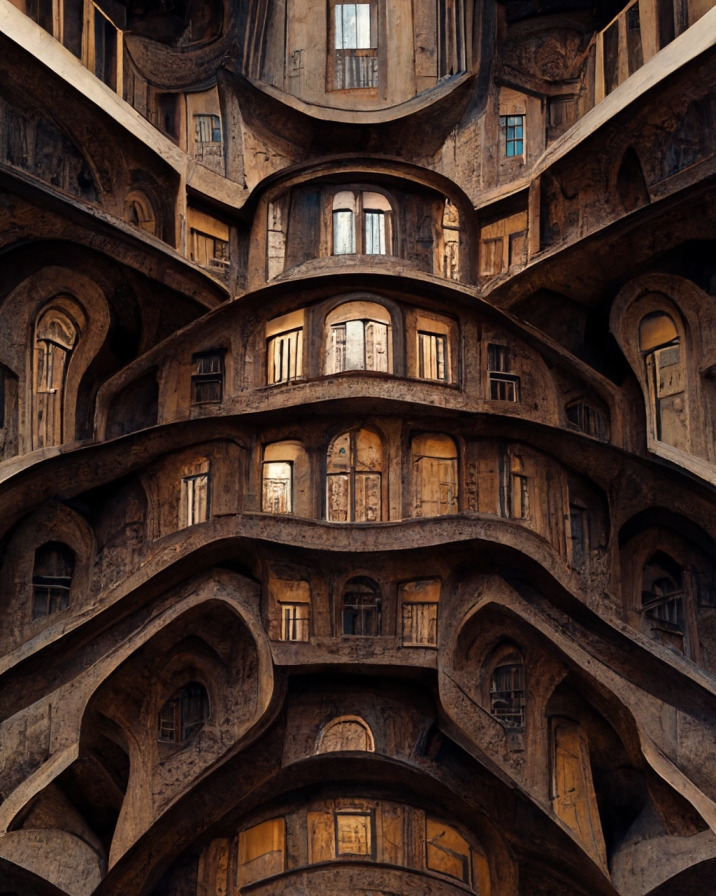 In the past three months, Ragab has created over 20,000 images and looked at around a million different compositions. As much as these tools comprehend and process immeasurable contexts, making connections we simply aren’t able to, they also have an effect on the user. After all, we aren’t equipped to deal with this amount of visuals, at least not at this rate. “AI tools streamline the creative process. Previously, I would think of a line then a square but now it’s the square right away, then it’s a circle, a polylateral and then it’s a crocodile.”
In the past three months, Ragab has created over 20,000 images and looked at around a million different compositions. As much as these tools comprehend and process immeasurable contexts, making connections we simply aren’t able to, they also have an effect on the user. After all, we aren’t equipped to deal with this amount of visuals, at least not at this rate. “AI tools streamline the creative process. Previously, I would think of a line then a square but now it’s the square right away, then it’s a circle, a polylateral and then it’s a crocodile.”
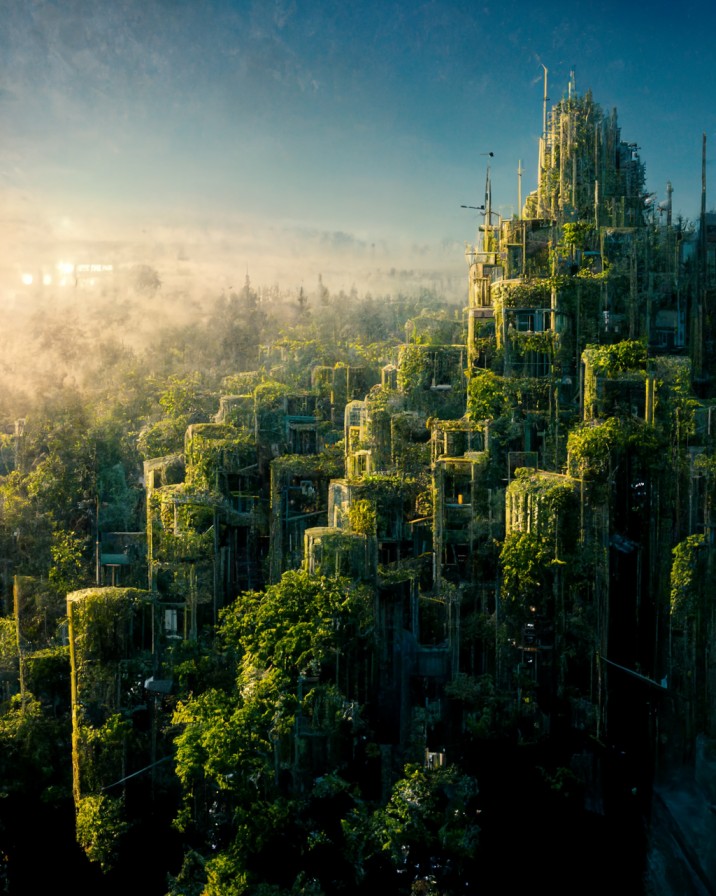 These tools made Ragab approach design with more freedom to experiment, understanding that his goal isn’t necessarily to get something out of them, but use them to build something that’s beyond his own imagination. While the Egyptian designer’s following is huge, it’s mostly based in the USA and this is a topic that needs to be discussed more in Egypt. These tools are instantly visualising human thoughts and the proficient users will be the ones able to convey feelings rather than specific sceneries.
These tools made Ragab approach design with more freedom to experiment, understanding that his goal isn’t necessarily to get something out of them, but use them to build something that’s beyond his own imagination. While the Egyptian designer’s following is huge, it’s mostly based in the USA and this is a topic that needs to be discussed more in Egypt. These tools are instantly visualising human thoughts and the proficient users will be the ones able to convey feelings rather than specific sceneries.
- Previous Article HOW (NOT) TO GO TO A PING PONG SHOW
- Next Article Egypt-Based Platform Pylon Reshapes Utilities for Developing Nations







